Ride 4 is an excellent example of how new hardware can breathe life into a game. I played through and reviewed the motorcycle game last year upon its release on last-gen hardware, and I found the main career mode to be punitive. The track limit penalties were overly harsh, the loading times ponderous and there was a lack of what marketing executives call ‘surprise and delight’.
That ‘Amazon feeling’ that comes with same-day delivery, or the complimentary hot drink on a first-class train. Small, frivolous, things that short-sighted chiefs will look at and jettison upon cost grounds. They trigger endorphins and cause irrational feelings that smooth over the cracks. Like, how an iPhone 12 Pro Max can cost £1,400 – but oh, look how luxurious the box feels.
The core of Ride 4 still lacks real innovation, and the online is as basic as it gets. But now you get buttery smooth frame rates, lightning-fast loading speeds, genuinely interactive DualSense feedback and incredibly detailed motorcycles in glorious 4K. What was once a plain doughnut now has icing on top. Delicious.
For the uninitiated, this is the fourth game in the predominately road-bike based succession of releases where you start out with nothing, pass licence tests, win some races, buy a 300cc motorcycle, win some more races, earn even more money, buy a race-modified superbike and become champion of the world. Then wait two years for the next Ride game and do it all again.
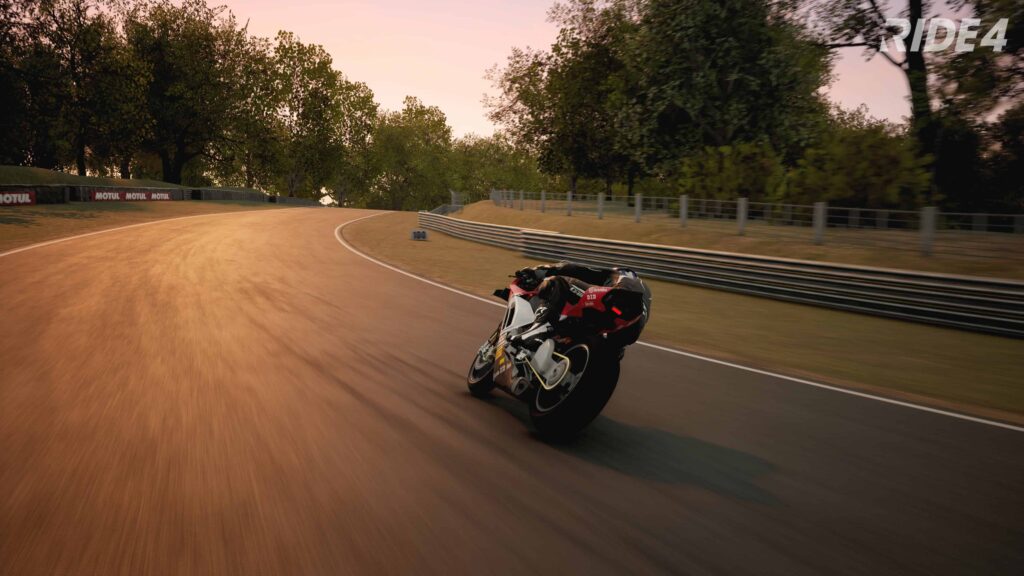
If it sounds like Gran Turismo with two fewer tyres, then you’d be right. That’s exactly what it is. Or to be an uber-nerd for a minute, it’s like Polyphony Digital’s often-forgotten Tourist Trophy but with more than three AI rivals.
Italian developer Milestone also makes the yearly MotoGP games and they have become an out-and-out simulator of late, whereas Ride remains firmly planted in the approachable authentic experience category. The handling model is benign. Yes, you can crash, but even on lethal bikes such as a KTM Super Duke R or Yamaha R1, while you need to avoid kerbs and apply power smoothly, you will rarely squirm under braking or lose the front end.
I’m not saying the gameplay is easy, mainly because you need to get used to the lengthy braking zones, but I wouldn’t mind a hint more of an edge to catch out the unwary.
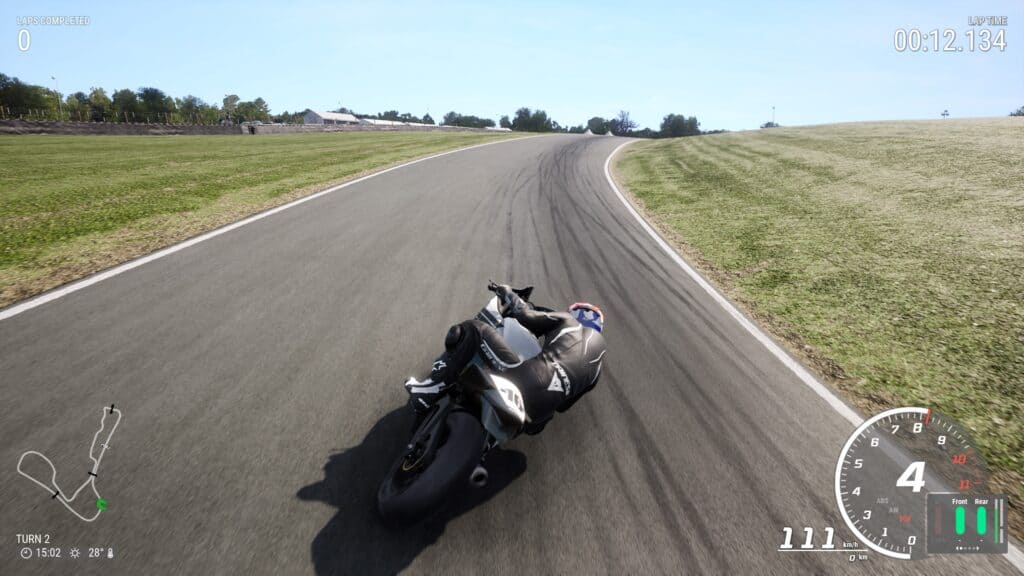
Instead of the riding providing the biggest challenge, the real test comes from the tracklist. While not the biggest you’ll ever see, the selection is expansive, covering incredible road racing venues such as the North West 200’s Triangle, Finland’s Imatra and the Macau street circuit alongside popular venues such as Suzuka, Daytona and Interlagos. Via a mixture of free and paid DLC post-release updates, Kyalami, Dundrod Circuit and Valencia have joined the roster too.
While the variety is a strong suit, accuracy is somewhat of a let-down. This replication of the Nürburgring Nordschleife is ignominious in its failure to portray the lumpy, bumpy and treacherous track surface. The Carraciola-Karussell is a centre point to the venue that tries to rupture your spleen, but here it’s smoother than a bar of Galaxy Caramel. If a laser was involved in capturing data, I would seriously question the calibration.
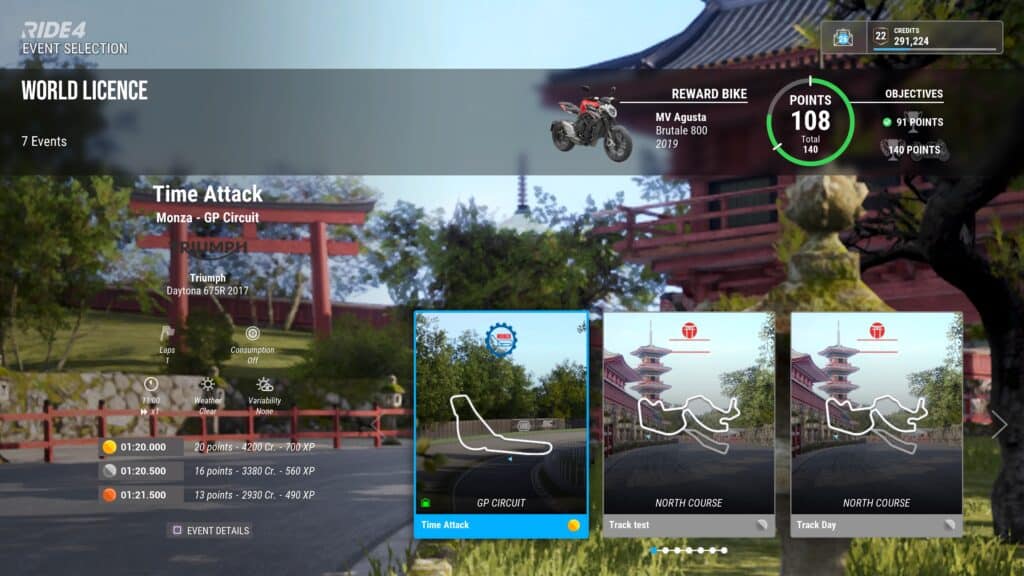
But I keep going back to the vehicle selection as the main USP. Like the tracks, there is plenty to choose from, but quantity isn’t the trump card. Quality is. These are the best-looking examples of motorcycles in a game ever. Nothing else comes close. From the hammer-head shark looks of a Kawasaki Ninja H2 to the blistering red paint of a Ducati 999R. The old, in the form of a Honda NS 400R, while the new is represented by the electric Harley-Davidson Livewire. The engine sounds reverberate with all the grumbly resonance that an inline-four should.
New for this entry is endurance racing. You can go all the way up to a real-time 24-hour event, with tyre wear, fuel consumption and pit stops all something you need to factor in. For the most part though, in the career, you’ll mainly be doing 20 or 40-minute events. Keeping your concentration and pace up for these longer races is something that furrows your brow. The rewind functionality is also switched off in this mode, so a small mistake can cost you a victory.
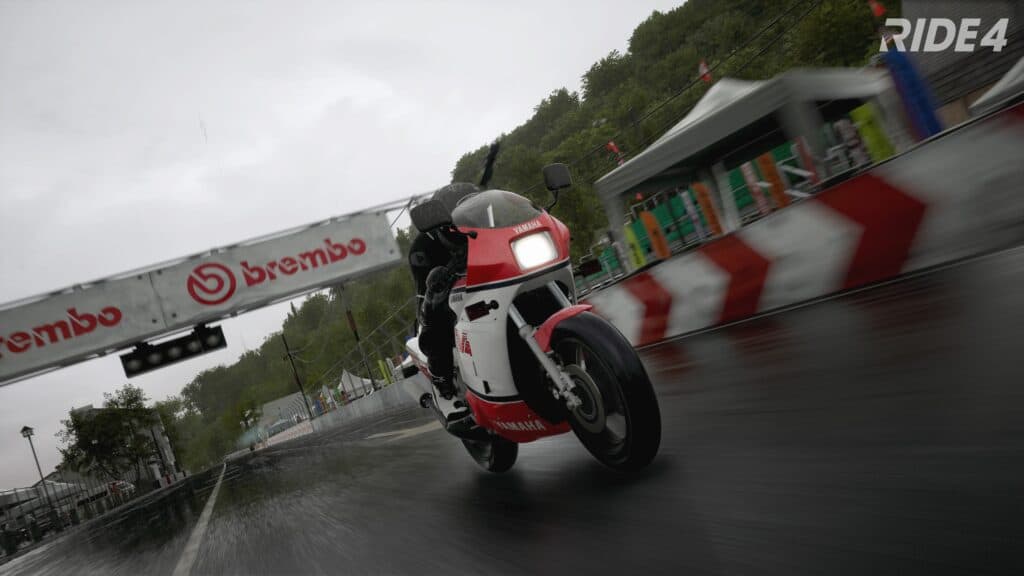
While the stamina is accurately modelled, your AI opponents let the side down. Sometimes, they simply don’t pit, run out of fuel and then trundle around – ghosted, thankfully – at 20 mph for the rest of the race. At Suzuka, your rivals like to crash at the final chicane once every other lap making victory a cinch. The start procedure sees your rider run across the track, hop on the bike and set off.
However, this is all automated, you don’t have control over the performance, and often if you’ve qualified in pole position, the auto-start will place you in second or third by the time you take control. It’s hard not to feel hard done by.
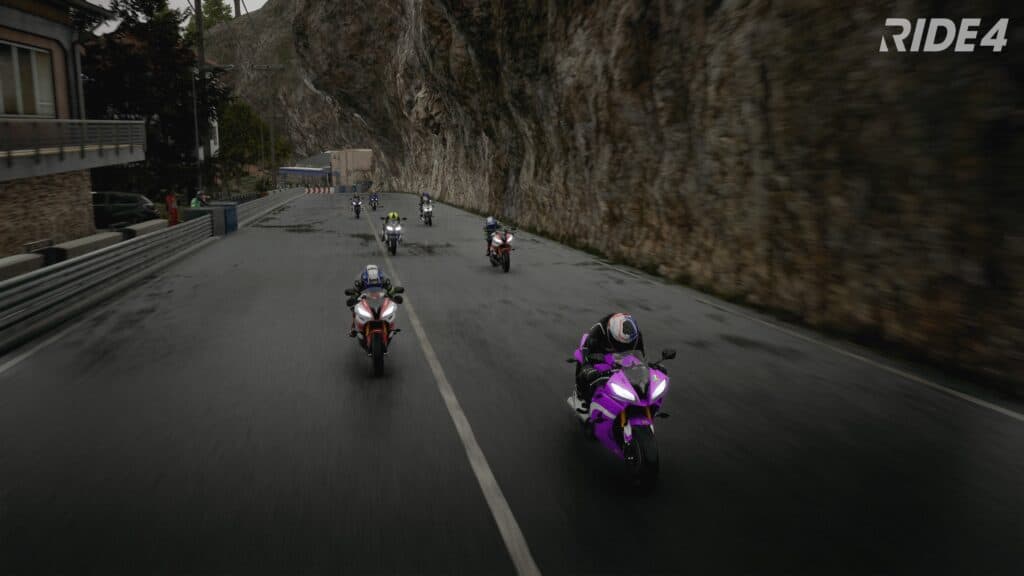
One improvement to the game of late is the slackening of track limits. If you even dared to use a kerb pre-patch, any time trial challenge would be invalidated and you had to re-load the mission again. This was a huge negative for the game upon its initial release, with so many of the challenges being in this format. But reviewing the game now, seeing this improvement is a massive relief. An indiscretion now simply adds a time penalty and you can continue to complete the lap and hopefully still achieve a pass.
The way the game handles the haptic feedback and adaptive triggers of the DualSense controller on the PS5 version is among the best. It really adds to the experience, important for two-wheeled games as there isn’t an equivalent to a steering wheel peripheral. You can modulate the brake pressure easily with the triggers and feel kerbs, grass and gravel through the pad. The first time you experience this is a revelation.
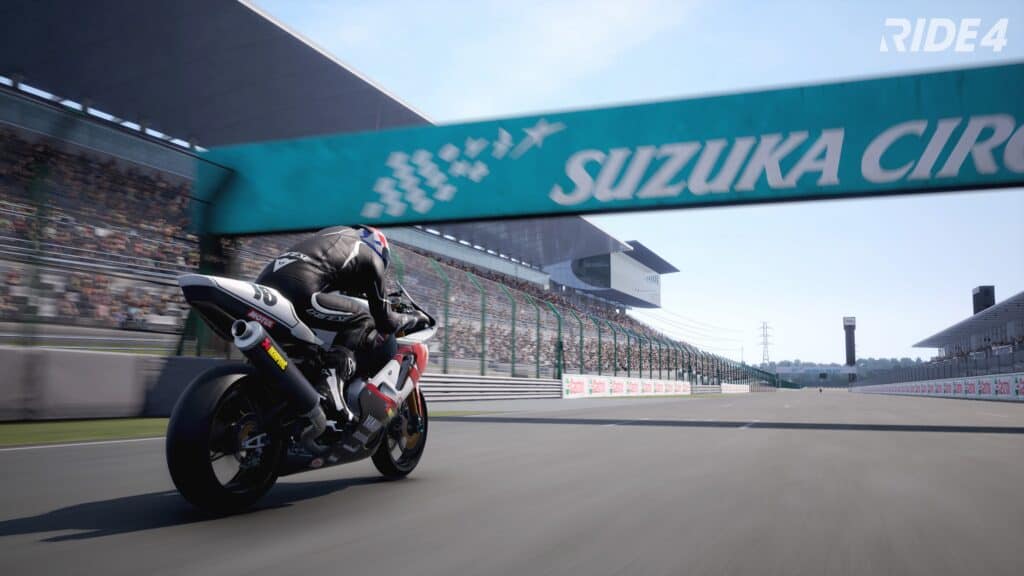
While the visuals and feedback are from the future, the online is from ten years ago. There’s no ranking system to get stuck into, and therefore you end up in lobbies with riders of wildly different abilities. A lack of unlockables or network-specific levelling up reduces the incentive to continue playing and because there is such a broad spectrum of vehicles to select, clearer categorisation of lobbies is required. Functional, but basic. Like the track accuracy, must try harder, and a complaint I have with Milestone’s MXGP 2020 and Supercross 4 too.
Despite the obvious shortcomings and sometimes strange pacing – five laps around the longest version of the fictional Kanto circuit on a slow motorcycle is not fun – the bike detail, sounds and variety are now at least now joined by the visuals and feedback the game originally deserved. The post-release support has also been exemplary.
Dinah Washington once sang: “What a difference a day makes. Twenty-four little hours. Brought the sun and the flowers, where there used to be rain”. I say, what a difference a few months and some next-gen hardware make, it’s time to revisit Ride 4. Pah, I could be a lyricist…

| Developer | Milestone |
| Release date | 8th October 2020, 21st January 2021 next-gen |
| Available platforms | PC (Steam), PS4, PS5, Xbox One and Xbox Series |
| Version/s tested | PS5 |
| Best played with | Controller |
Full disclosure: A code for the game was provided by the publisher for review purposes.
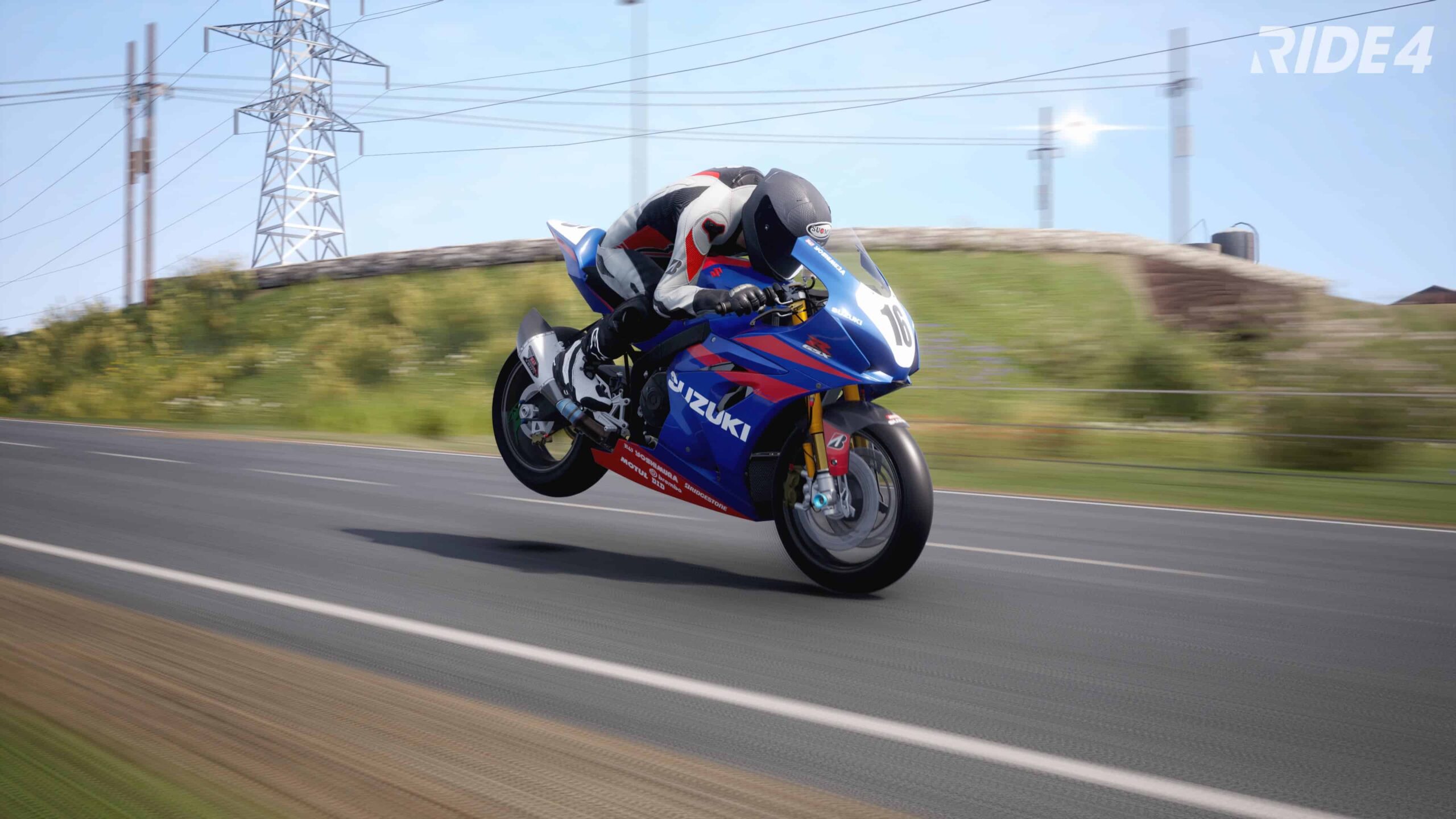



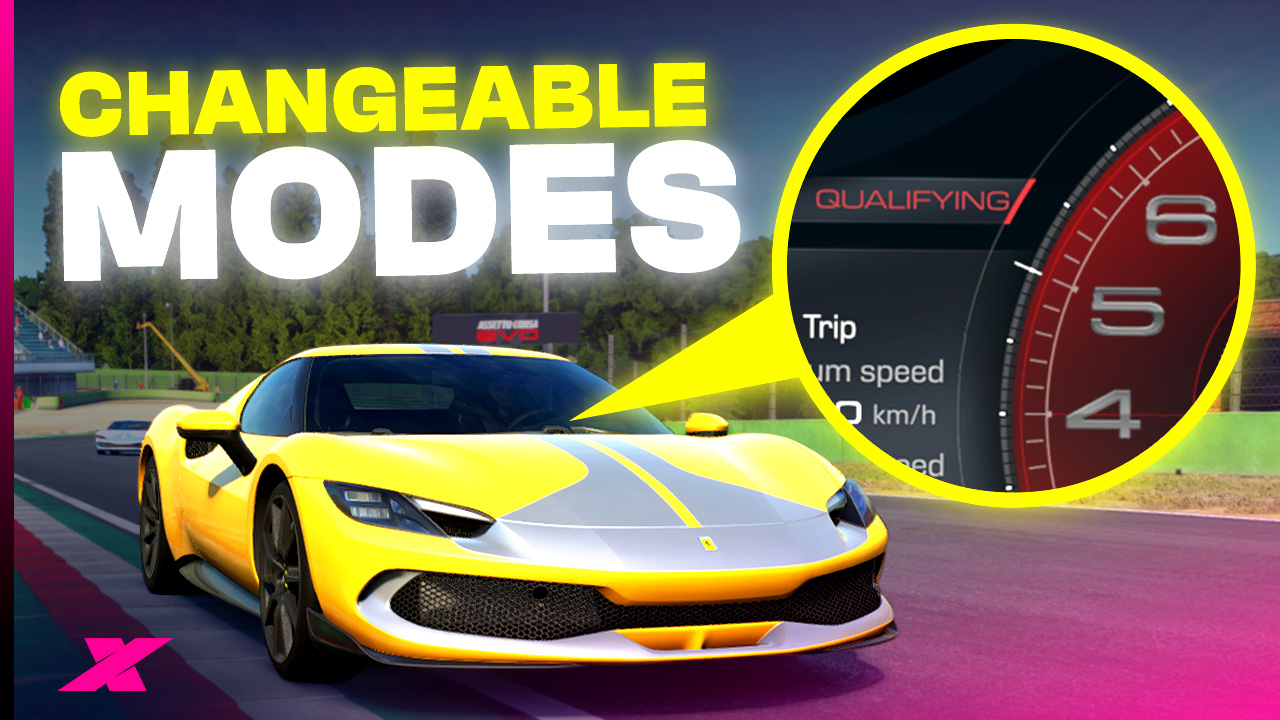
Chat with the Community
Sign Up To CommentIt's completely Free